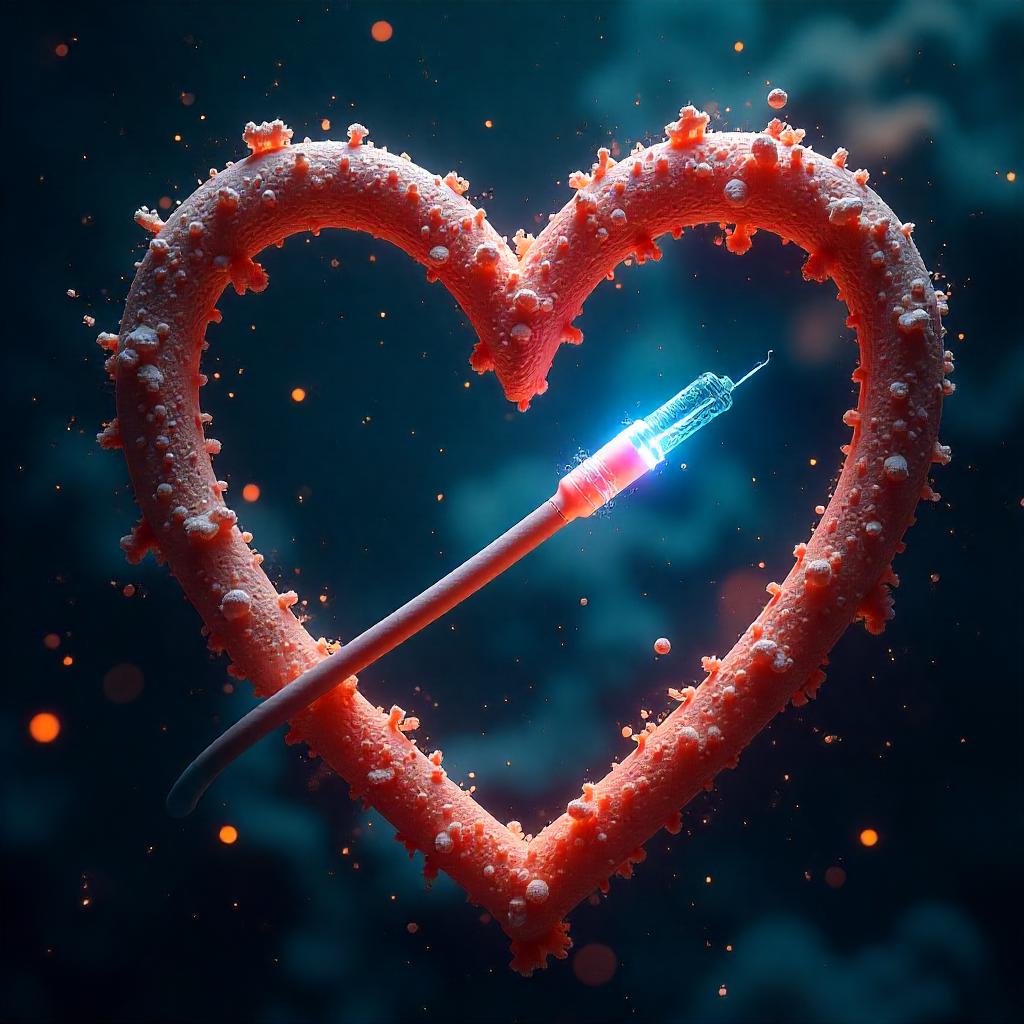Table of Contents
- The Need for Precision in an Era of Cardiac Complexity
- What Are Sensor-Enabled Catheters?
- Enhancing Procedural Accuracy
- Data, AI, and Predictive Value
- Indian Ecosystem: Catching Up Fast
- Challenges to Scale
- Final Word
The landscape of cardiovascular care is undergoing a silent revolution — and at the heart of it lies a small but mighty tool: the catheter. Once a passive conduit, the modern-day catheter has become an intelligent, sensor-enabled device that not only treats but also informs, analyzes, and adapts in real time. As cardiac cases continue to rise in India and globally, sensor technology in catheters is emerging as a precision game-changer for clinicians, manufacturers, and patients alike.
The Need for Precision in an Era of Cardiac Complexity
Cardiovascular disease (CVD) is the leading cause of death in India, responsible for nearly 28% of all deaths as per a 2022 ICMR study. With rising rates of diabetes, hypertension, and early-onset heart disease in younger populations, the need for high-precision interventions is greater than ever.
Traditional catheters, while effective, rely heavily on external imaging and surgeon skill. But the future demands real-time, data-driven precision — and that’s where sensor-integrated catheters are making their mark.
What Are Sensor-Enabled Catheters?
These are catheters embedded with miniaturized sensors that provide live metrics such as:
- Intravascular pressure
- Temperature and flow velocity
- Electrical activity for electrophysiology procedures
- Tissue contact force during ablation
These sensors enable real-time feedback, helping cardiologists make on-the-fly decisions during complex procedures like angioplasty, EP studies, or valve interventions.
According to a report by ResearchAndMarkets, the global smart catheter market is expected to reach USD 7.5 billion by 2028, growing at a CAGR of 9.2% — a growth led by rising demand for accuracy and minimally invasive solutions.
Enhancing Procedural Accuracy
One of the key benefits of next-gen catheters is their role in improving procedural precision.
For instance, electrophysiology catheters with contact force sensors allow for optimal energy delivery during ablation procedures. A 2021 study published in The European Heart Journal found that sensor-guided ablation reduced arrhythmia recurrence by 22% compared to conventional methods.
In India, where over 60 lakh cardiac procedures are performed annually (NHA, 2023), the potential to reduce complication rates and procedural duration using smart catheters is enormous — especially in government and tier-2 hospitals where access to high-end imaging may be limited.
Data, AI, and Predictive Value
Sensor data doesn’t just help in the moment — it fuels predictive analytics and post-operative care. Cloud-connected smart catheters can store and share procedural data, which when fed into AI algorithms, can:
- Predict restenosis or re-intervention needs
- Optimize stent placement
- Detect anomalies before symptoms arise
For manufacturers, this real-world data is gold. It helps in continuous device improvement and regulatory compliance through real-time post-market surveillance.
Indian Ecosystem: Catching Up Fast
While most sensor-integrated catheters have originated from global med-tech giants, Indian manufacturers are entering the space with homegrown innovations. Initiatives under ‘Make in India’ for medical devices and financial incentives through the Production Linked Incentive (PLI) Scheme are boosting indigenous manufacturing.
Additionally, the CDSCO has begun pilot evaluations of sensor-based cardiac devices under Medical Devices Rules (MDR) 2017, laying the groundwork for robust domestic approvals and quality frameworks.
Challenges to Scale
While the promise is massive, there are still hurdles:
- High production costs of sensor-embedded components
- Regulatory clarity for AI and IoT-enabled devices
- Limited training in data-based cardiology among frontline doctors
Yet, with growing investments in digital health infrastructure and telecardiology programs, the Indian healthcare system is steadily closing the gap.
Final Word
From being a passive tool to becoming a data-driven ally, the catheter is no longer just a channel — it’s an active participant in the healing process. Sensor technology is pushing the boundaries of precision, transforming how we approach cardiovascular interventions.
In a country like India, where access and outcomes both matter deeply, next-gen catheters powered by sensors could be the precision breakthrough we’ve been waiting for.

